Coral reefs dazzle with color and life, but their secret weapon lies in a microscopic partnership with zooxanthellae. These tiny algae live within coral tissues, fueling their growth and vibrancy through a symbiotic dance. This relationship isn’t just a marvel of nature—it’s a cornerstone of marine ecosystems, supporting everything from fish to entire reef structures. Let’s explore how zooxanthellae and coral work together and why they matter to aquarists and ocean lovers alike.
What Are Zooxanthellae?
Zooxanthellae are single-celled algae, primarily from the genus *Symbiodinium*, that nestle inside the tissues of coral polyps. These photosynthetic powerhouses use sunlight to produce sugars and oxygen, much like plants on land. Ranging from golden-brown to greenish hues, they’re invisible to the naked eye but give corals their stunning palette—think vivid pinks, blues, and purples. Unlike free-living algae, zooxanthellae depend on their coral hosts for shelter and nutrients, creating a perfect give-and-take.
Their name comes from Greek roots—“zoo” for animal, “xanth” for yellow, and “ellae” for small—hinting at their animal-hosted, colorful nature. In a thriving reef, billions of these algae can inhabit a single coral colony, driving its survival.
How Coral and Zooxanthellae Team Up
The bond between coral and zooxanthellae is a masterclass in symbiosis. Corals provide zooxanthellae with a safe home and compounds like carbon dioxide and nitrogen from their waste. In return, zooxanthellae photosynthesize, supplying up to 90% of the coral’s energy needs through glucose, glycerol, and amino acids. This fuel lets corals build their calcium carbonate skeletons, forming the reefs we know and love. Without zooxanthellae, corals bleach—turning ghostly white—and struggle to survive.
It’s a delicate balance, sensitive to water temperature, light, and pollution. When conditions falter, corals expel their algae, a stress response that’s all too common in warming oceans.
Key Benefits of Zooxanthellae to Coral
- Energy from photosynthesis for growth
- Vivid colors for reef beauty
- Support for reef-building skeletons
Why This Partnership Matters
Zooxanthellae don’t just keep corals alive—they sustain entire ecosystems. Coral reefs, often called the “rainforests of the sea,” host a quarter of all marine species, from clownfish to sea turtles. The algae’s energy production supports this biodiversity, making reefs hotspots of life. Beyond ecology, reefs protect coastlines from erosion and storms, while their beauty draws snorkelers and scientists alike. For aquarists, understanding this duo is key to replicating reef conditions at home.
Stressors like climate change threaten this harmony, bleaching reefs worldwide. Yet, some corals adapt, hosting resilient zooxanthellae strains—a glimmer of hope for their future.
Zooxanthellae and Coral in Your Aquarium
Recreating this symbiosis in a tank is a rewarding challenge. Hard corals like branching acropora or brain corals need bright, full-spectrum lighting to keep zooxanthellae happy—mimicking tropical sunlight. Stable water at 75-80°F and low nutrient levels prevent algae overload. A thriving coral tank isn’t just pretty—it’s a living testament to nature’s teamwork. Algagen Direct knows this balance well, offering AlgaGen Direct Products to nurture your aquatic setups with precision.
Soft corals, with fewer zooxanthellae, lean on filter feeding, but the principle remains: light and stability are king.
Chart: Coral Types and Zooxanthellae Dependence
Here’s how different corals rely on zooxanthellae:
| Coral Type | Zooxanthellae Role | Light Needs | Feeding |
|---|---|---|---|
| Branching (e.g., Acropora) | High | Bright | Minimal |
| Brain (e.g., Favia) | High | Moderate-Bright | Occasional |
| Soft (e.g., Sea Fans) | Low | Low-Moderate | Frequent |
Note: Zooxanthellae role reflects energy contribution.
“Zooxanthellae turn corals into living solar panels—nature’s genius at work.” – Marine Biologist
Cultivating the Symbiosis at Home
Growing coral with zooxanthellae starts with the right setup. Use LED lights tuned to 12-14 hours daily, mimicking a reef’s photoperiod. Keep salinity at 1.025 and monitor pH (8.1-8.4) to avoid stressing the algae. Dose sparingly with trace elements—overfeeding risks tipping the balance. A refugium with macroalgae can stabilize nutrients, letting zooxanthellae thrive. It’s a bit like gardening underwater, rewarding patience with bursts of color.
Why This Matters to Algagen Direct
The magic of zooxanthellae and coral reflects nature’s knack for collaboration—something Algagen Direct admires deeply. We’re drawn to solutions that mirror this synergy, supporting aquarists who aim to bring a slice of the reef home. It’s less about pushing products and more about fostering that natural spark, whether in a wild reef or a glass box on your shelf.
Zooxanthellae and coral remind us that beauty and strength often come from the smallest partnerships. Dive into this relationship, and you’ll see why reefs—and tanks—owe so much to these microscopic allies.
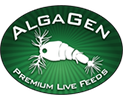
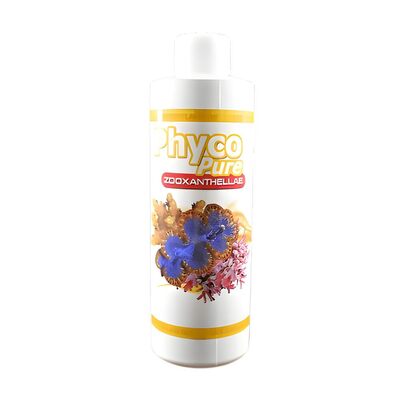
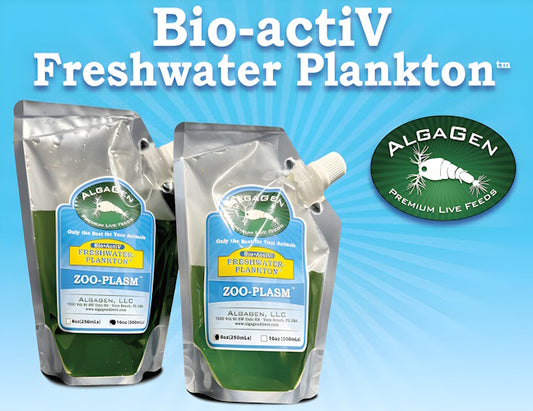
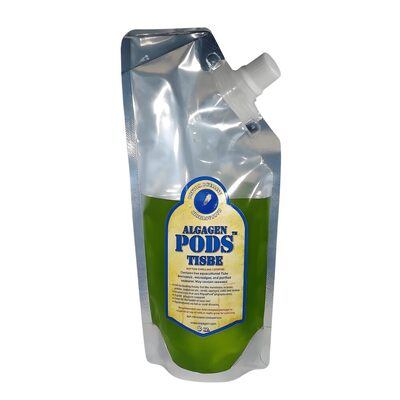
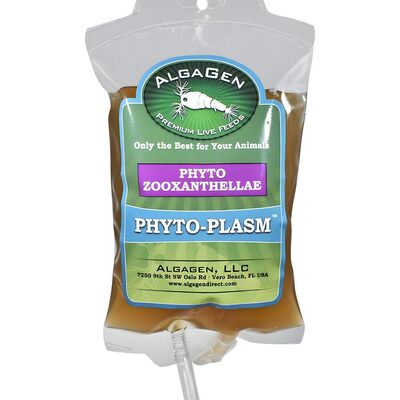
Recent post